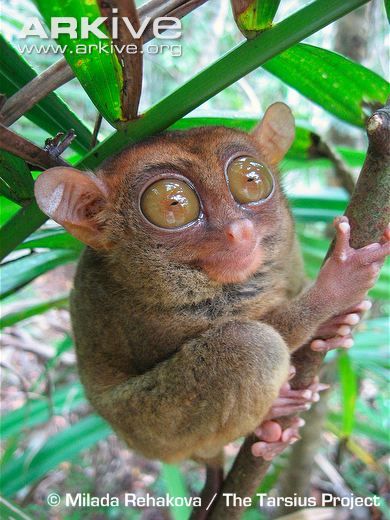
NEXT UP: 7-seed Red Ruffed Lemur (Varecia rubra) vs. 2-seed Red Hartebeest (Alcelaphus buselaphus caama) #2021MMM 



Red Hartebeest are social, living in herds of up to 300 animals, though "they also [can] aggregate in groups of up to 10,000 animals." (@AWF_Official). Within herds, females form groups with mutliple generations of offspring & travel in & out of males' territories. #2021MMM
Red Hartebeest are also the fastest antelope in Africa, able to run 75km/hr over short distances. Despite this, they are for the most part sedentary. #FasterThanAStoat #2021MMM
(This narrator, too, is primarily sedentary & only runs when startled or chased.) #2021MMM
Group size in Red Ruffed Lemurs can vary with season & habitat quality, but "females are the driving force in group dynamics and are always dominant to males." (@DukeLemurCenter) #NeverthelessShePersisted #2021MMM
Spending most of their time in the trees (arboreal), Red Ruffed Lemurs sometimes hang upside down from their hind feet to feed on hard to reach fruits. They are also frequently observed 'sunbathing' (photo by @brglilly). #2021MMM 



Today we are on the east coast of the Eastern Cape Province, South Africa, in Mkambati Nature Reserve, home habitat of the Red Hartebeest. #2021MMM 



Red Ruffed Lemur, who unexpectedly finds HERself on the outskirts of Red Hartebeest's grazing herd, eyes the large, horned ungulates warily & begins to sidle toward a close-by stand of trees. #2021MMM
Red Hartebeest, alert for potential predators, observes but ignores the seeming non-threat of Red Ruffed Lemur. Nonetheless, he pauses to mark his territory with a dung pile. #ItHappens #2021MMM
But Red Hartebeest isn't the only one capable of stinky secretions! Red Ruffed Lemur, reaching the trees, uses her, ahem, "undercarriage" glands to deposit her own scent-marks. #anogenital #2021MMM
Red-ruffed lemur scent marks denote territorial boundries as well as conveying information about biological sex & age (Janda et al 2019). #2021MMM onlinelibrary.wiley.com/doi/pdf/10.100…
AARR! AARR! AARR! #2021MMM
At the unexpected sound, Red Ruffed Lemur looks up into the trees to see a troop of Vervet Monkeys. Several of them are looking at her, grunting, giving alarm calls, & violently shaking tree branches. #2021MMM
Red Ruffed Lemur, realizing these trees are occupied, quickly moves off, further away from Red Hartebeest's herd. Just like her ancestors, this lemur has been outcompeted by the monkeys of mainland Africa. #EvolutionaryHistoryRepeatsItself #2021MMM
RED HARTEBEEST DISPLACES RED RUFFED LEMUR!! #2021MMM
• • •
Missing some Tweet in this thread? You can try to
force a refresh















